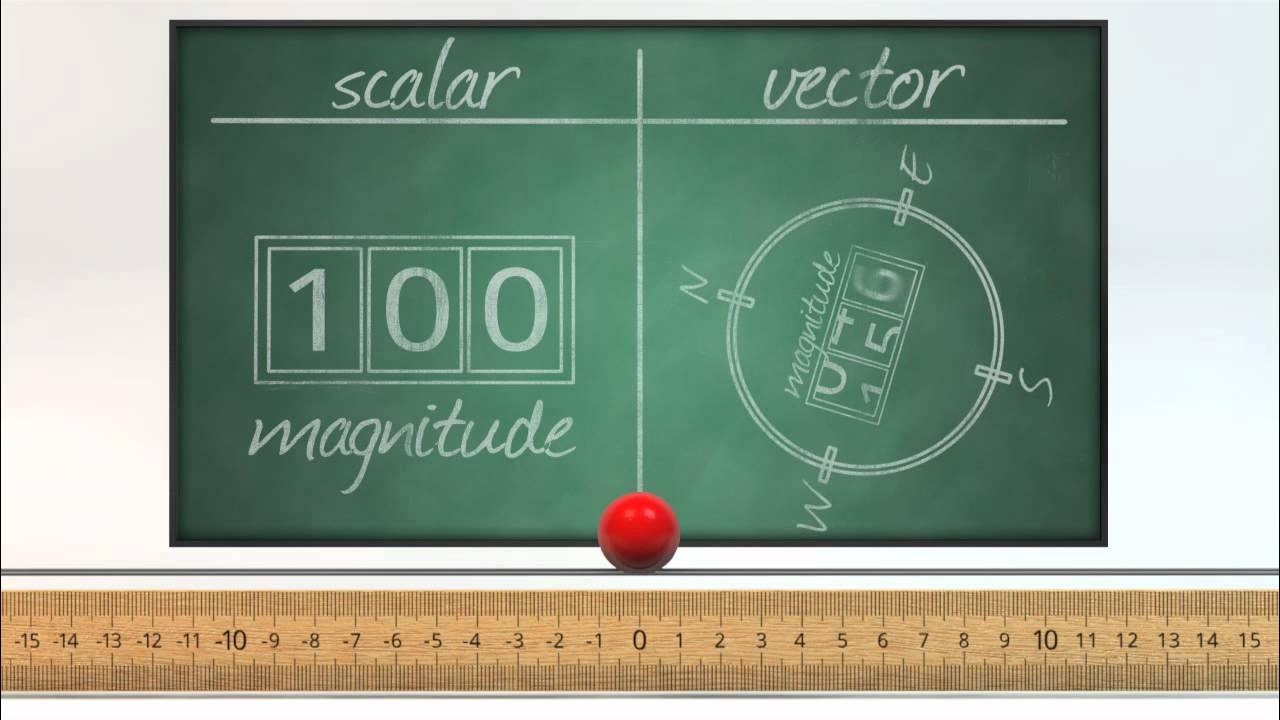GCSE Physics Revision "Velocity"
Summary
TLDRIn this video, viewers learn about velocity and how it differs from speed. While speed is a scalar quantity indicating distance traveled over time, velocity is a vector quantity that includes both speed and direction. The video explains how to calculate velocity and provides an example involving a person walking south. It also discusses a special case of velocity for objects moving in a circle, where despite constant speed, the direction and thus the velocity continuously change. This concept is illustrated with a car moving around a circular track.
Takeaways
- 🎵 Introduction: The video is from 'Three Slice Lessons' and covers the concept of velocity.
- 🏃♂️ Velocity Definition: Velocity is the speed of an object in a given direction, making it a vector quantity.
- 🔄 Vector Quantity: Unlike speed, which is scalar and only measures magnitude, velocity includes both magnitude and direction.
- 🧮 Calculation: Velocity is calculated similarly to speed, but direction must also be specified.
- 🧭 Example Calculation: A person walking 50 meters in 40 seconds south has a velocity of 1.25 meters per second south.
- 📚 Student Levels: The content is divided into foundation and higher-tier students, with more complex concepts for higher tiers.
- 🏎️ Circular Motion: Objects moving in a circle at constant speed have changing velocity due to constant change in direction.
- 🔀 Constant Speed, Changing Velocity: In circular motion, even if the speed is constant, the direction change means the velocity changes.
- 🚶♂️ Straight Line Example: Simple example given for calculating velocity in a straight line with direction.
- 📖 Additional Resources: The video mentions a workbook with more questions and information on velocity.
Q & A
What is the main topic of this video?
-The main topic of this video is to explain the concept of velocity, including what it means, how it differs from speed, and why circular motion involves constant speed but changing velocity.
What is the difference between speed and velocity?
-Speed is a scalar quantity that tells us the distance an object traveled in a given time without considering direction. Velocity, on the other hand, is a vector quantity that includes both the speed and the direction of the object's motion.
How is speed calculated?
-Speed is calculated using the equation: speed equals the distance traveled divided by the time taken.
Why is velocity considered a vector quantity?
-Velocity is considered a vector quantity because it includes both magnitude (speed) and direction, making it a quantity that has both size and direction.
How does the script define the velocity of an object traveling at 20 meters per second south?
-The script defines the velocity of an object traveling at 20 meters per second south as 20 meters per second in the south direction, indicating both the speed and the direction of the motion.
What is the formula to calculate velocity?
-The formula to calculate velocity is the same as for speed: velocity equals the distance divided by the time. However, the direction must also be stated in the case of velocity.
What is a typical example given in the script to calculate velocity?
-A person walks in a straight line from point A to point B, covering a distance of 50 meters in 40 seconds. The velocity is calculated by dividing the distance by the time, resulting in 1.25 meters per second, with the direction being south.
Why does circular motion with constant speed result in changing velocity?
-In circular motion, even though the speed (magnitude of velocity) is constant, the direction of the motion is constantly changing. Since velocity includes direction, this means the velocity is also constantly changing.
What does the green arrow in the script's visual example represent?
-The green arrow in the visual example represents the direction of the car's motion as it moves around a circular racetrack, illustrating how the direction changes even when speed is constant.
How does the script relate the concept of velocity to objects moving in a circle or around a corner?
-The script explains that when an object moves at a constant speed in a circle or around a corner, its velocity is constantly changing due to the continuous change in direction, despite the speed remaining the same.
Where can viewers find additional practice questions on velocity?
-Viewers can find additional practice questions on velocity in the script author's vision workbook, which can be accessed by clicking on the provided link.
Outlines

Esta sección está disponible solo para usuarios con suscripción. Por favor, mejora tu plan para acceder a esta parte.
Mejorar ahoraMindmap

Esta sección está disponible solo para usuarios con suscripción. Por favor, mejora tu plan para acceder a esta parte.
Mejorar ahoraKeywords

Esta sección está disponible solo para usuarios con suscripción. Por favor, mejora tu plan para acceder a esta parte.
Mejorar ahoraHighlights

Esta sección está disponible solo para usuarios con suscripción. Por favor, mejora tu plan para acceder a esta parte.
Mejorar ahoraTranscripts

Esta sección está disponible solo para usuarios con suscripción. Por favor, mejora tu plan para acceder a esta parte.
Mejorar ahoraVer Más Videos Relacionados
5.0 / 5 (0 votes)






